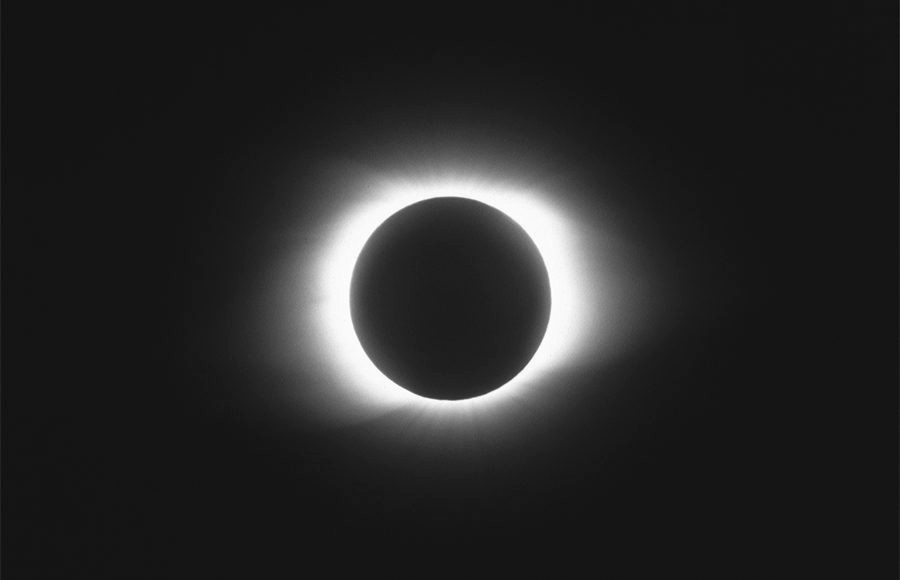Something of an astronomy buff, I have always wanted to see a solar eclipse. Rare from any spot on the planet, the American southeast has not seen more than a couple of these in my lifetime. The eclipse of 21 August, though, provided a plausible opportunity for me to drive to the path of totality. But you know what this means then, right? The weather will not co-operate.
Plans made. Everyone piled into the SUV. Snacks, eclipse glasses, spare toilet paper, coolers full of drinks… all contingencies covered. We chose to view from an ‘official’ location set aside by the Sumter, South Carolina Department of Parks and Recreation, and it was actually a pretty nice set up. Astonishingly, traffic was present but not overbearing and we were on site about an hour before first contact. Weather report says partly cloudy this afternoon. With my luck it will only be cloudy during totality.
But good luck prevailed. Functionally clear skies through the entire event. Honestly, from the time of first contact of the moon’s disk with the sun, all the way until the time that the sun was about 80% obscured, I did not really notice any difference in the surroundings. The only reason I could verifiable know that something was different was by looking at the partly eclipsed sun with protective glasses. Once we got to 95% or so eclipsed, that is when the real show started. I did notice heat diffraction streamers on the ground, and it was a delightfully odd site. To my eyes though, the phenomena looked nothing like ‘snakes’ which is the way it had been described to me. One thing that no one had mentioned to me, but that I found very bewitching that the twilight right before totality is way way different than anything you’ve probably ever experienced. It’s very blue and the resulting shadows are very sharp edged – not anything like sunset or solar twilight. The closest thing that I can thing of is what is referred to on a movie set as ‘day for night’ where they use dark filters in daylight to give the appearance of night.
Totality lasted fewer than 3 minutes, but oh my what a sight. Transitioning into totality I did not notice much of a ‘diamond ring’ except in the briefest transition. No Bailey’s Beads. No pitch black sky… instead the sky transformed into and amazing inky blue-indigo-almost violet jewel tone. Only a few stray stars or planets visible, not the expected fields of stars. The disk of the moon however, was black. Not black, but Black. Blackety-Black-Black. Darkest thing I have ever seen. Vantablack. Taking off the eclipse glasses and looking naked eye at the spectacle, it felt primordial and ancient. Fantastic white streamers of the corona extending 2 degrees or more away from the eclipsed disk.
I’ve already saved the date. Next big North American eclipse is April 8, 2024.
eclipse photo is from WikiMedia and is governed by a share-alike license
